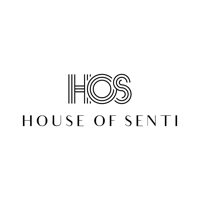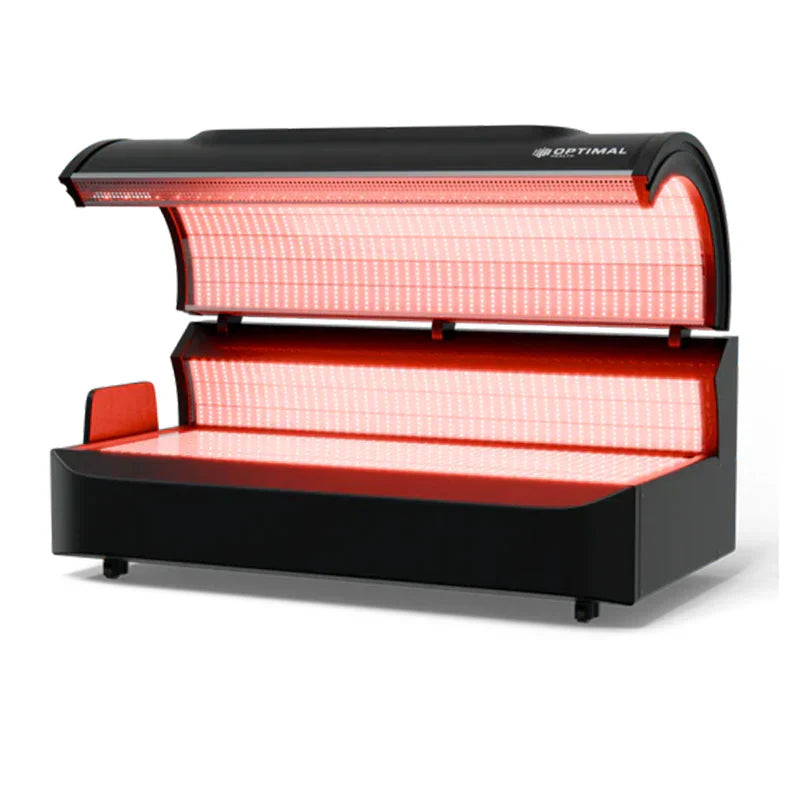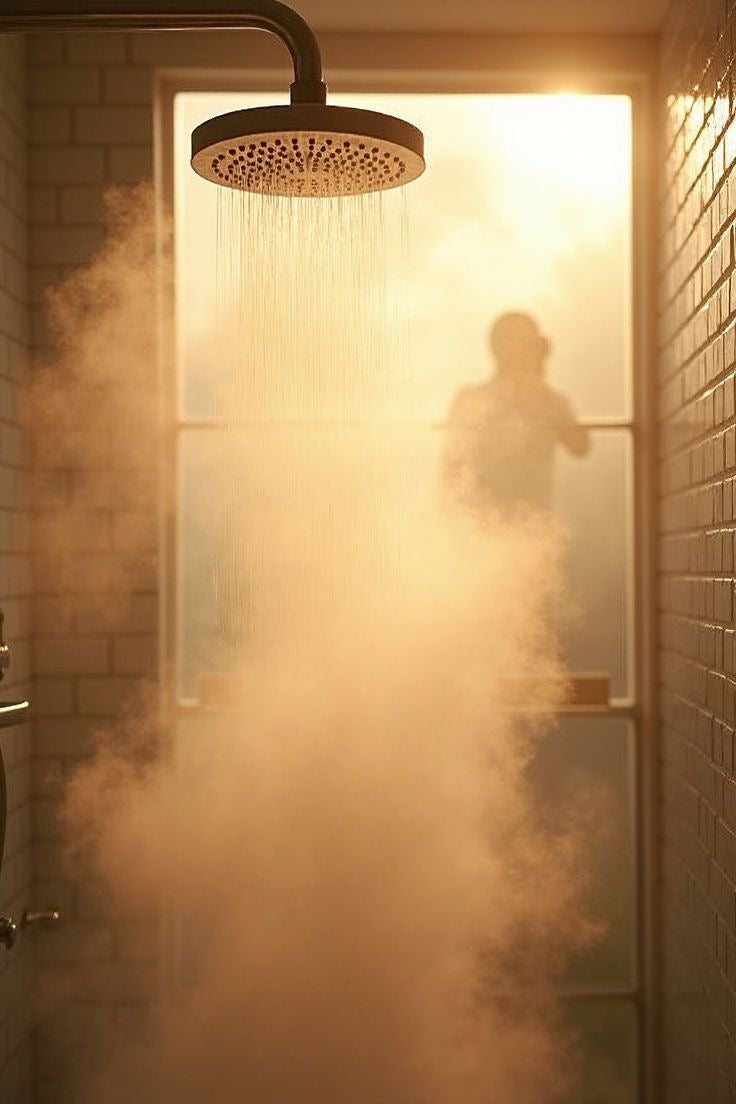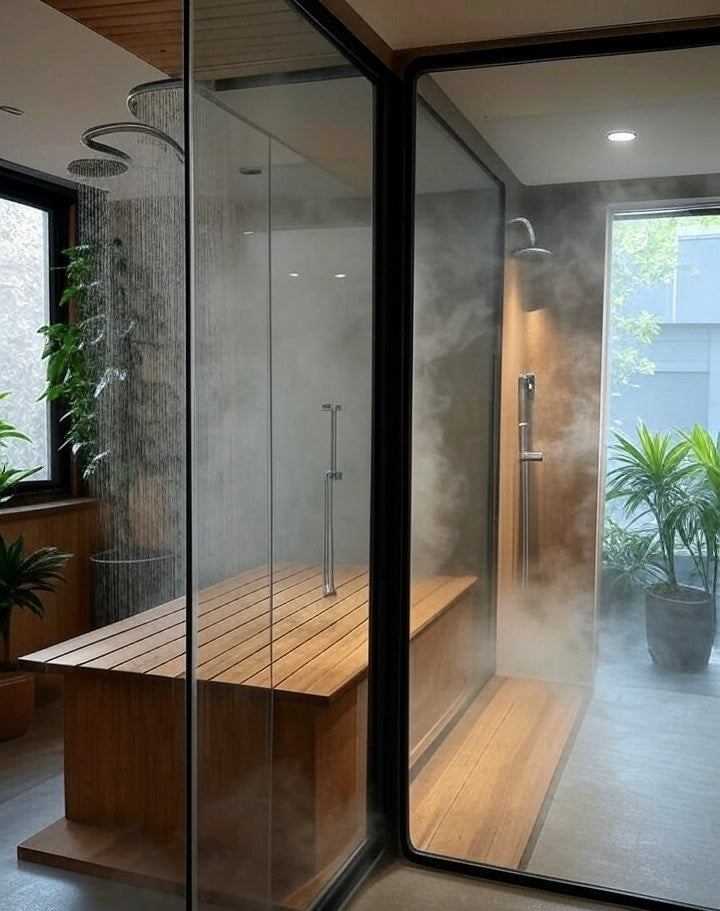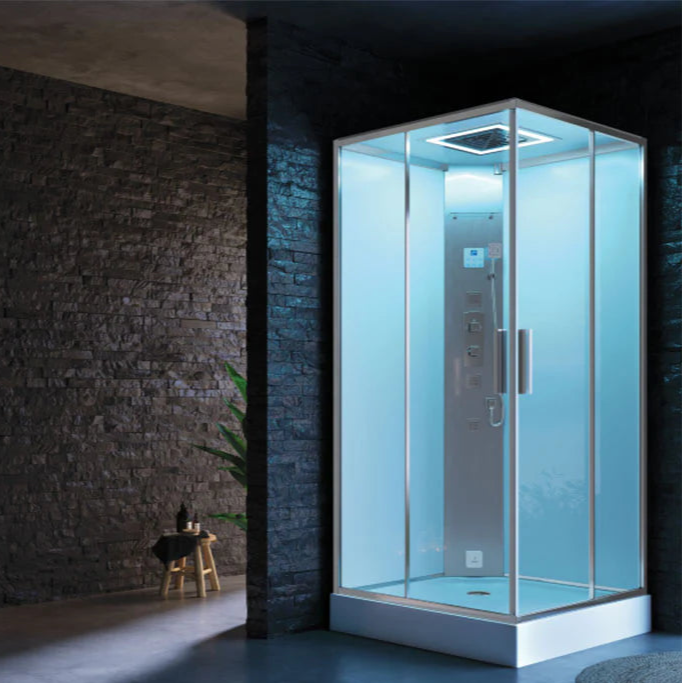Worried your Red Light Therapy at Home setup might be making your hair vanish instead of flourish? Don’t panic—short answer: no, it doesn’t cause hair loss. But there are a few quirks to know. Keep reading to uncover the truth about Red Light Therapy Panels, Beds, and your precious locks.

The Truth About Red Light Therapy and Hair Growth
What is Red Light Therapy (RLT)?
Red Light Therapy is a gentle treatment using low‑wavelength red or near-infrared light.
It falls under the umbrella of Low-Level Laser Therapy (LLLT) or Photobiomodulation (PBM).
These methods aim to energise cells and support natural regeneration.
Typical wavelengths used range from 630–670 nm for red light to 810–850 nm for near‑infrared light.
How Red Light Therapy Works for Hair Growth
Light energy stimulates mitochondria in hair follicle cells, boosting ATP production.
This energises follicles and supports regeneration.
Improved blood flow brings oxygen and nutrients to the scalp.
It also helps reduce scalp inflammation and can extend the hair’s growth phase (anagen).
Plus, it may reactivate dormant follicles, encouraging new growth.
Scientific Evidence and Clinical Studies
Clinical studies suggest RLT can enhance hair density and thickness.
It’s most effective for androgenetic alopecia and telogen effluvium.
Participants often note visible improvement after consistent use.
While it isn’t a miracle cure, the evidence supports real, measurable results.
Addressing Concerns: Red Light Therapy and Potential Hair Loss
Does Red Light Therapy Cause Hair Loss? The Direct Answer
Simply put: No.
Red light therapy is designed to support hair growth, not diminish it.
If shedding occurs, it’s often initial—older hairs fall out as new ones begin growing.
That said, there's no evidence of permanent hair thinning caused by RLT.
Potential Side Effects of Red Light Therapy (General)
Side effects are usually very mild and temporary.
Possible sensations include warmth, itchiness, or slight scalp sensitivity.
Some experience temporary shedding early on.
Rare side effects include mild headaches, light eye strain, or skin redness.
None of these effects indicate long-term hair loss or follicle damage.
Safety Considerations and Best Practices
Always follow the manufacturer’s instructions for your device.
Start with 2–3 sessions per week, gradually working up if needed.
Choose FDA‑cleared devices when possible to ensure safety.
Use adequate eye protection, even for home treatments.
Consult a dermatologist if you have scalp conditions or concerns.
Maximising Results: Using Red Light Therapy Effectively for Hair Growth

Who is a Good Candidate for Red Light Therapy?
Ideal for individuals in early to mid-stage hair thinning, men or women alike.
Works best when thinning is recent or gradual.
Device Types and Wavelengths
Options include:
-
Red Light Therapy Panels (scalp-wide coverage)
-
Red Light Therapy Beds (larger coverage with general wellness)
-
Red light caps or helmets for targeted hair stimulation
Aim for 630–670nm red or 810–850nm near-infrared wavelengths.
Recommended Treatment Protocols
Use the device 3–4 times weekly, sessions lasting 10–20 minutes.
Consistency is essential; results typically appear after 3–6 months.
Avoid overuse—your scalp needs recovery time between sessions.
Combining Red Light Therapy with Other Treatments
Combine with supportive therapies such as:
-
Minoxidil (Rogaine)
-
Gentle scalp massage
-
Optional PRP therapy
-
A healthy diet rich in vitamins and protein
This can help maximise growth potential.
Conclusion: Is Red Light Therapy a Safe and Effective Option for Hair Growth?
Red light therapy is a safe, non-invasive method that supports hair growth.
It does not cause hair loss and is well-suited for early stages of thinning.
When used properly with the right device, it delivers measurable benefits.
Stick to reliable, FDA‑cleared tools and be patient.
Takeaways
-
Red Light Therapy does not cause hair loss—it’s meant to promote hair growth
-
Some users may notice initial shedding, which is often part of the process
-
Use devices as directed; avoid overuse
-
Combine with other treatments for better results
-
For safe home use, choose certified, well-reviewed panels, beds, or caps
Let the light in—and let new hair emerge.

